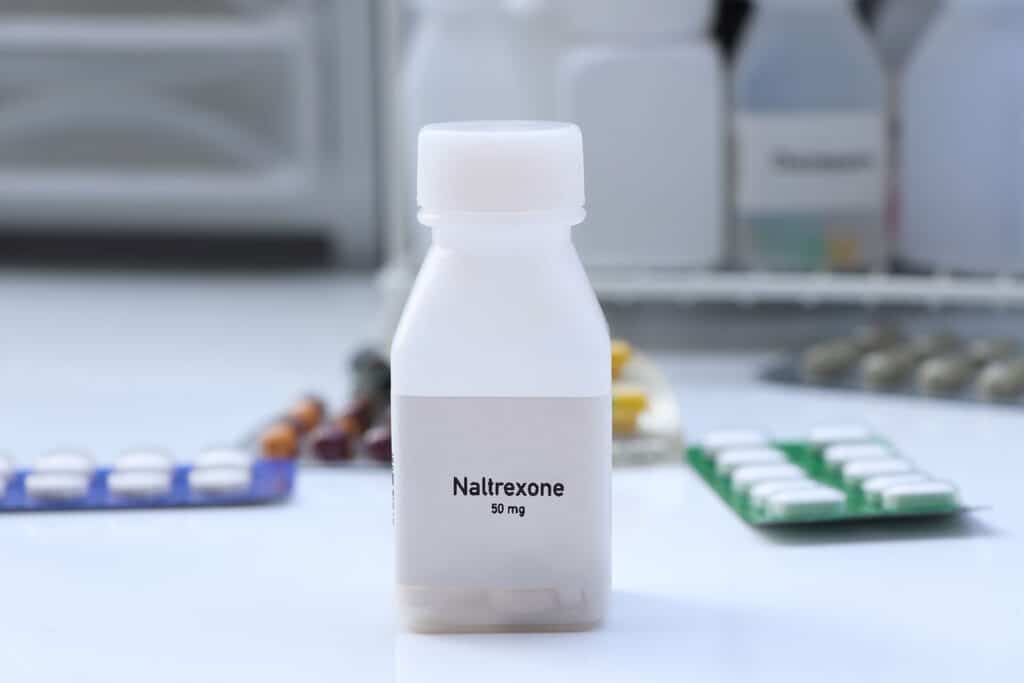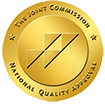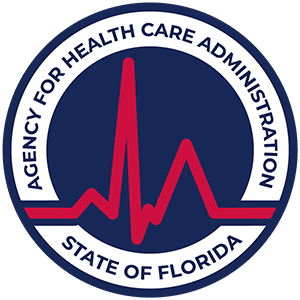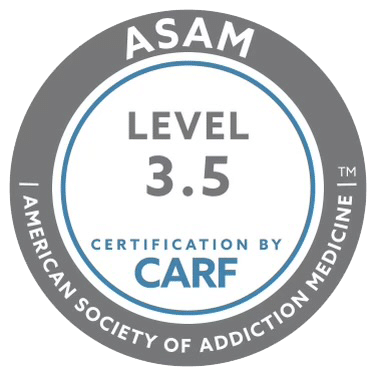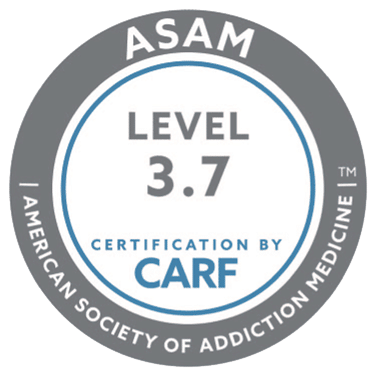The Centers for Disease Control and Prevention (CDC) reported more than 106,000 drug overdose deaths in 2021. Of these deaths, about three-quarters were attributed to opioid use. Finding the right treatments for opioid dependence can be challenging and requires the help of medical professionals and therapists with experience in the field of addiction and recovery. At Recreate Behavioral Health Network, our team uses state-of-the-art techniques and medications to support recovery from addiction in the most positive and effective ways.
New treatments offer hope to many people suffering from opioid dependence and addiction. Suboxone combines two medications to provide support for patients in overcoming opioid use disorders. These medications work together to provide added support for those struggling with opioid use and to reduce the impact of withdrawal symptoms on these individuals.
Understanding Suboxone: Two Primary Components
The two components of suboxone are buprenorphine and naloxone. Each of these medications can provide added help for patients in remaining comfortable and avoiding severe withdrawal symptoms during their recovery process. Understanding the component medications of suboxone can provide added insights into how this treatment option works.
- Buprenorphine is an FDA-approved medication used to treat severe pain and to reduce the symptoms of opioid dependence. It acts as a substitute for the opioids most often abused and can help patients taper down their use of opioids and opioid substitutes to make recovery more comfortable. This can significantly increase the chance of successfully ending opioid dependence by reducing the symptoms of withdrawal experienced by patients. Buprenorphine acts as a limited opioid agonist that blocks opioid receptors in the brain to reduce physical cravings during withdrawal.
- Naloxone is a treatment for opioid overdoses and can prevent the uptake of opioids on a short-term basis. Naloxone blocks many of the effects of opioids in patients who are prescribed Suboxone for opioid addiction. It can also prevent accidental overdose when using Suboxone to recover from opioid substance use disorders. Naloxone makes Suboxone safer and reduces the likelihood that it can be abused by patients during the recovery process.
Suboxone contains four parts buprenorphine to one part naloxone. This combination is designed to allow patients to recover from opioid use disorders more easily and without the risks of abuse or overdose associated with other medication formulations.
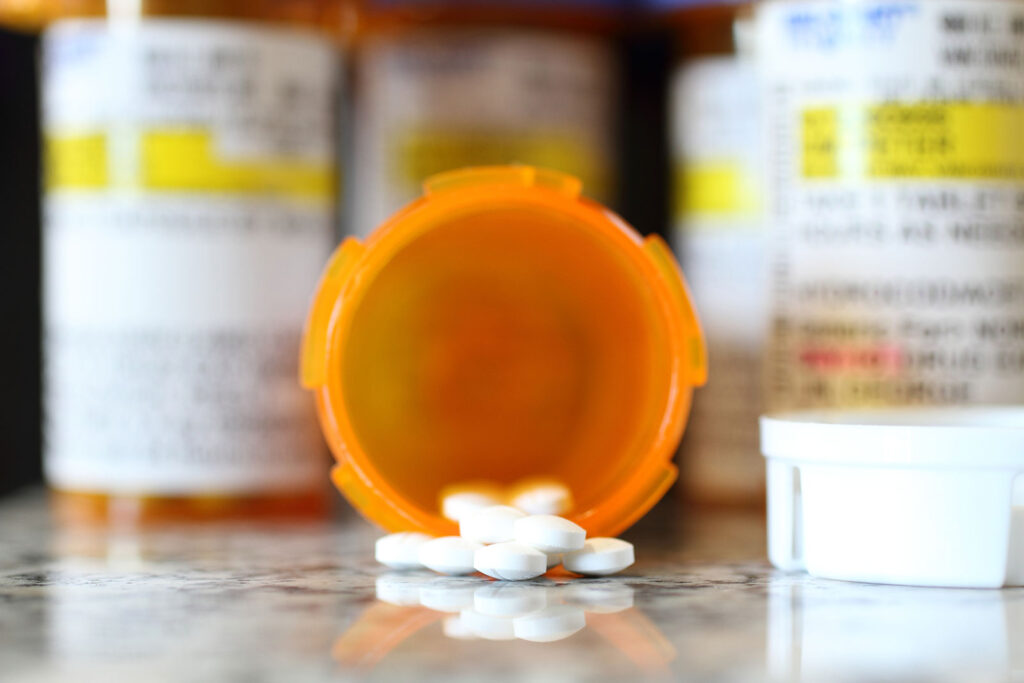
How Suboxone Blocks the Effects of Opioids
The buprenorphine in Suboxone binds tightly to the opioid receptors within the brain. This alters patient brain chemistry to reduce physical cravings for opioids. Unlike most other opioids, however, buprenorphine has an upper limit on the number of opioid receptors it activates. This ceiling effect reduces the ability of buprenorphine to create a high in users. It also lowers the chance of suppressed breathing, which is one of the risk factors for overdose deaths.
Naloxone blocks opioids from attaching to receptors in the brain. It is often used on its own under the brand name Narcan. Narcan can reverse opioid overdose by displacing opioids from these receptors and preventing serious side effects, including suppressed respiratory function. Naloxone is included in Suboxone as a deterrent to abuse for this substance and to protect patients against the serious effects of overdosing on opioid substances.
When combined, these two medications can reduce the cravings for opioids and can block the high associated with opioid use. Suboxone is a safer way to manage withdrawal symptoms. Most patients do better under medical supervision while taking Suboxone to treat opioid use disorders.
How Long Does Suboxone Block Opiate Uptake?
Suboxone is available in tablets and in sublingual films, both of which are intended to dissolve in the mouth. Most patients take Suboxone one per day. The opiate-blocking effects of this medication last for a minimum of 24 hours and can sometimes continue to block uptake by opioid receptors for as long as 60 hours. Buprenorphine is responsible for the opiate-blocking properties of Suboxone and begins to work within 40 minutes after ingestion. If heroin, fentanyl or morphine are taken within 24 hours of a Suboxone dose, they will not bind to the opioid receptors in the brain and will not produce a high.
Factors that can have an impact on the effective duration of Suboxone include the following:
- Body weight
- Metabolism
- Duration of previous opioid use
- Severity of opioid use disorder
The average duration of effectiveness for Suboxone is about three days. Taking it once daily provides continuous protection against relapse and can boost the chance of successfully overcoming opioid use disorders for many patients.
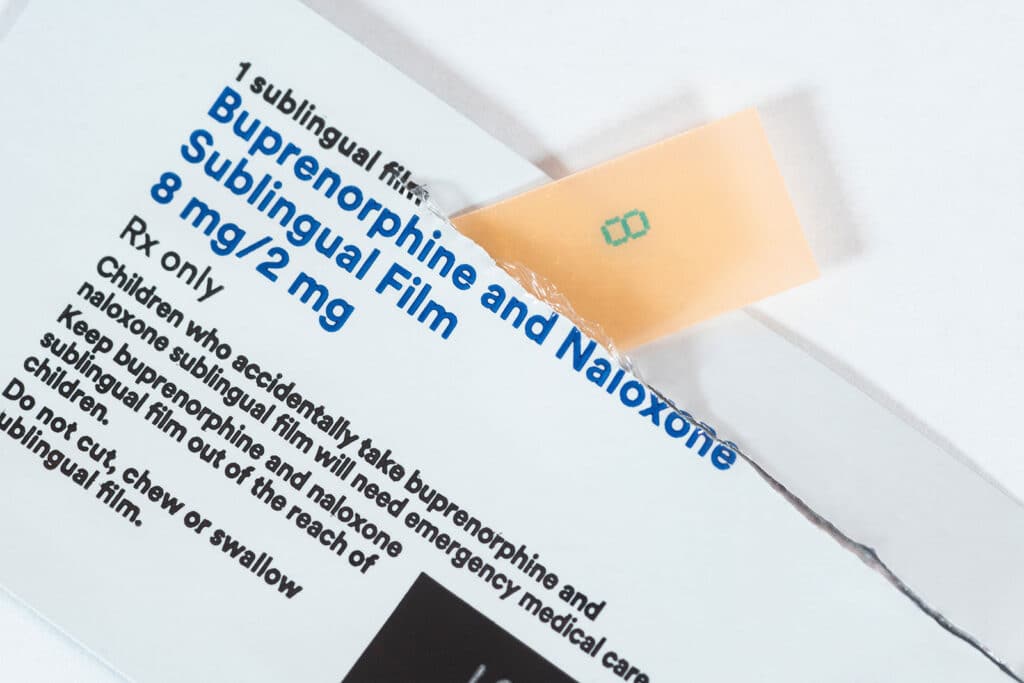
Challenges and Benefits of Suboxone and Other Opiate-Blocking Treatments
The use of Suboxone in treating patients with opioid use disorders is not without some risks and drawbacks. Some of the most common challenges encountered by patients and medical professionals in using Suboxone to assist in the addiction recovery process are listed here:
- Some patients may attempt to override the opioid-blocking effects of Suboxone with large and unsafe doses of opioids. This can pose serious health risks for some patients.
- Despite the presence of naloxone in Suboxone, overdoses are still possible. Especially during the early stages of treatment, medical supervision is helpful in preventing these issues.
- Timing is critical for beginning Suboxone treatment. Waiting until the patient is in the early stages of withdrawal can reduce cravings and can
For most patients, the benefits of Suboxone during the withdrawal and recovery process far outweigh the risks. Some of the most important therapeutic benefits of Suboxone for recovering opioid users include the following:
- Used under proper medical supervision, Suboxone will reduce the cravings and symptoms associated with opioid withdrawal.
- Reduced cravings can allow patients to build new coping strategies while maintaining their physical comfort, which can create the right conditions for success in overcoming addiction.
- Suboxone and other medications can play a significant role in reducing the urge to take other opioids while dealing with withdrawal and recovery.
Transitioning Off Suboxone
Because Suboxone is a partial opioid, it can sometimes produce withdrawal symptoms in patients who are tapering off their use of this addiction treatment medication. Some of the physical symptoms of withdrawal from Suboxone may include the following:
- Irritability and mood disorders
- Restlessness
- Insomnia
- Lack of energy
- Loss of appetite
- Anxiety or depression
- Increased risk of relapse
Most patients will benefit from inpatient treatment during initial withdrawal from opioids and throughout the transition off Suboxone. Withdrawal from Suboxone can take days or weeks. A comprehensive recovery program can help to prevent relapse into opioid use after Suboxone treatment has concluded.
Suboxone vs. Methadone and Naltrexone
Suboxone is not the only medication available for treating opioid withdrawal symptoms. Other options include methadone and naltrexone, each of which can provide added help in managing craving and dealing with withdrawal symptoms from opioid use.
- Methadone is an opioid agonist that reduces the ability of other opioids to attach to receptors within the brain. Unlike methadone, however, suboxone can be used initially without direct medical supervision. Methadone can be given in flexible doses but is significantly more addictive than Suboxone for many patients.
- Naltrexone differs from Suboxone in that it is used to reduce the risk of relapse rather than to provide support during withdrawal. It is not recommended for patients who have used opioids in the past seven days or who have not completed opioid detox. Because naltrexone is non-addictive, patients can stop using it at any time without serious physical side effects.
Working with a care team that specializes in substance use disorders can provide the support and medical attention necessary to achieve recovery from addiction. At Recreate Behavioral Health Network, we serve Boca Raton, Florida, and the surrounding areas with addiction recovery programs tailored to suit the needs of our patients.

The Right Solutions for Substance Abuse Disorders
At Recreate Behavioral Health Network, our team offers solutions based on evidence and focused on the needs of our patients. To learn more, call us today or email us. We are here to help you achieve full recovery in a comfortable and caring environment.
Information Resources for Added Help
- Centers for Disease Control and Prevention: Understanding the Opioid Overdose Epidemic
- Substance Abuse and Mental Health Services Administration (SAMHSA): Buprenorphine
- SAMHSA: Naloxone
- Drugs.com: How long does Suboxone block opiates?
- SAMHSA’s National Helpline
- USA.gov: Find help for substance abuse




